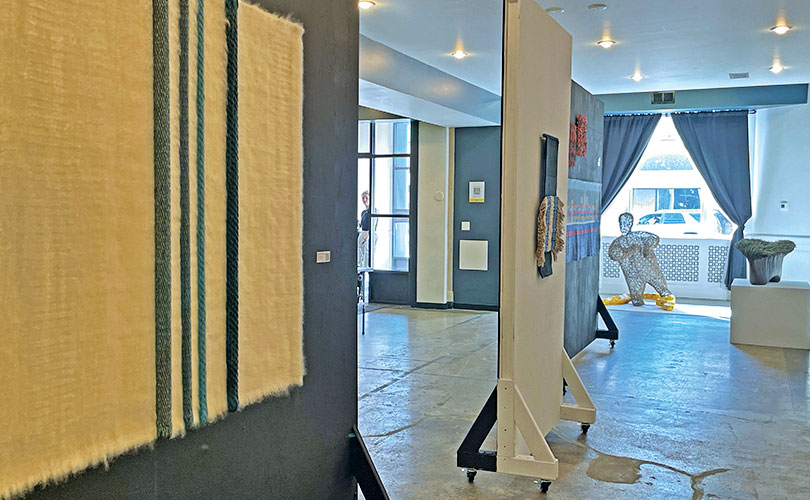
We had a chance to do an expanded Pop-Up at Space67 in Norwalk, CT last month. We were first asked to curate an exhibition that would be enjoyed by individuals who attended The Supper Club. Then, with the exhibition in place, we decided to create a public Pop Up for one day and invite our fans, people in Norwalk, and those just walking by.
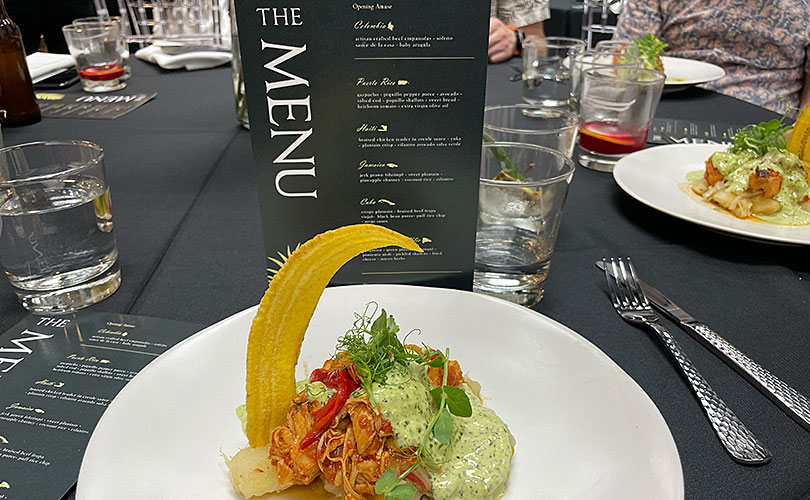
The Supper Club dinner was a project of the Kitchen Incubator at the Village Community Foundation in Stamford, CT. The Incubator Program at The Village is a nonprofit program that supports local, diverse entrepreneurs and startups in the food and beverage industry.

The Supper Club at Space67 involved three exceptional chefs — Chef Xavier Santiago, Chef Marta Garcia, and Chef Ivan Romero — who, with a talented crew, prepared a 7-course meal with offerings from Colombia, Puerto Rico, Haiti, Jamaica, Cuba, and the Dominican Republican.

Sixty people were served, music was provided by The Briefly Educated & Friends and a great time was had by all!

In support of the South American food and drinks (Cuba Libre, Clarified Piña Colada, and Hibiscus Lemonade) that were served, we chose a Pan-American theme for the works we exhibited: Continental Divide: Fiber Art from North and South America included artists from Chile, Venezuela, Canada, and the US. Falling Fruit by John McQueen, Carolina Yrråzaval’s Embarrilado Azul, Cimbreante by Eduardo Portillo and María Davila and CMA-CGM by Laura Foster Nicholson were among the most-commented-upon works in the exhibition.

For the public Pop-Up we added work by Mary Merkel-Hess and a large sculpture by John McQueen.

Pop-Ups serve an important objective of ours at browngrotta arts — to bring fine fiber art to more and varied audiences. Watch for more!

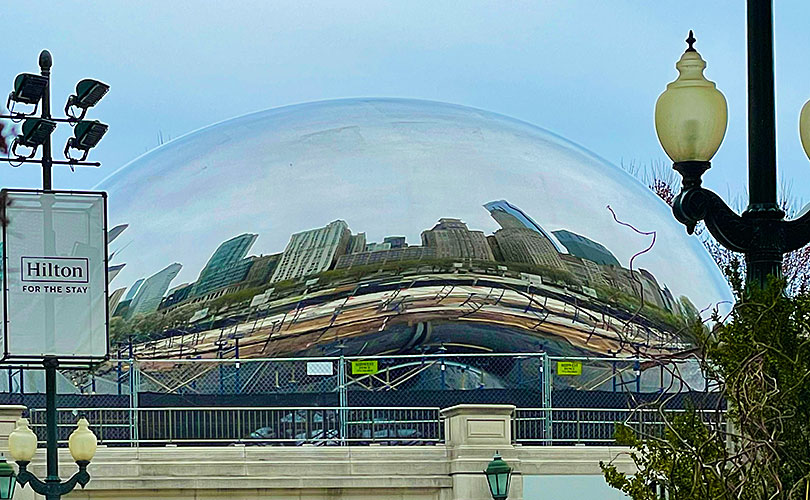




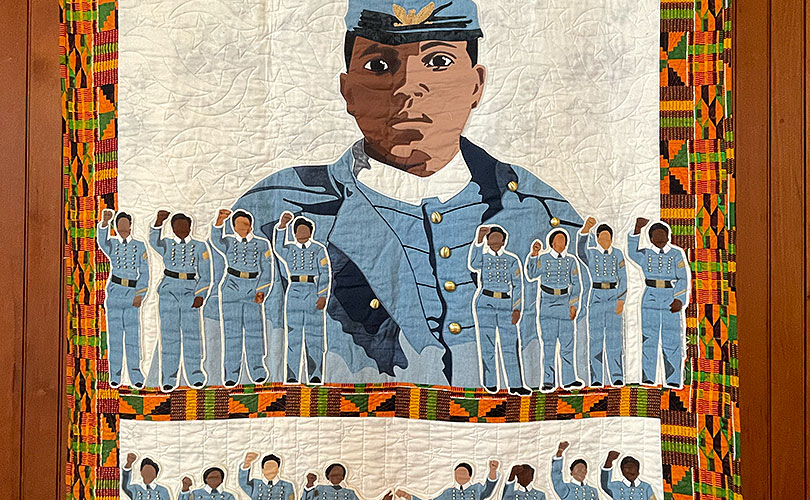

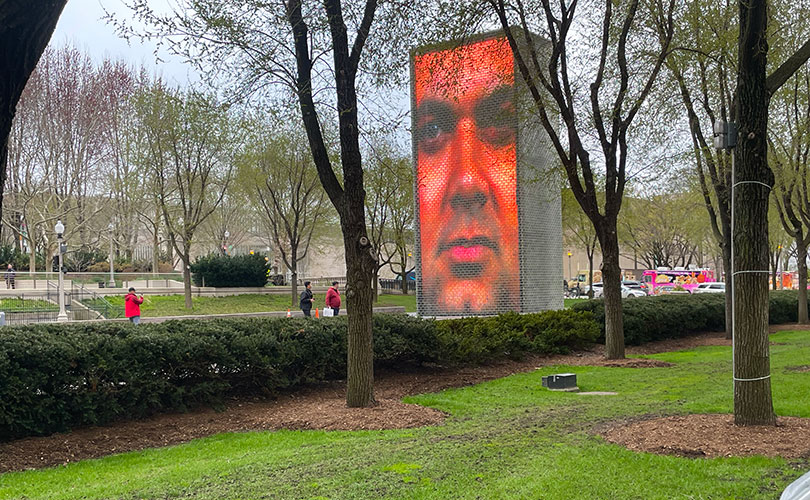





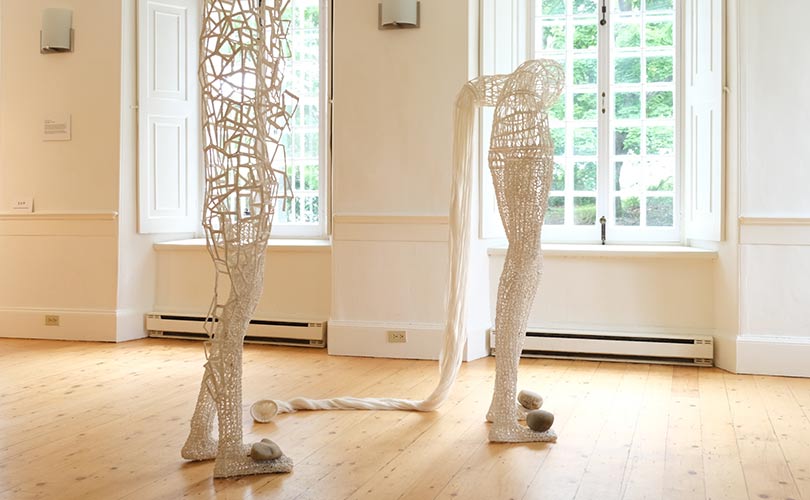


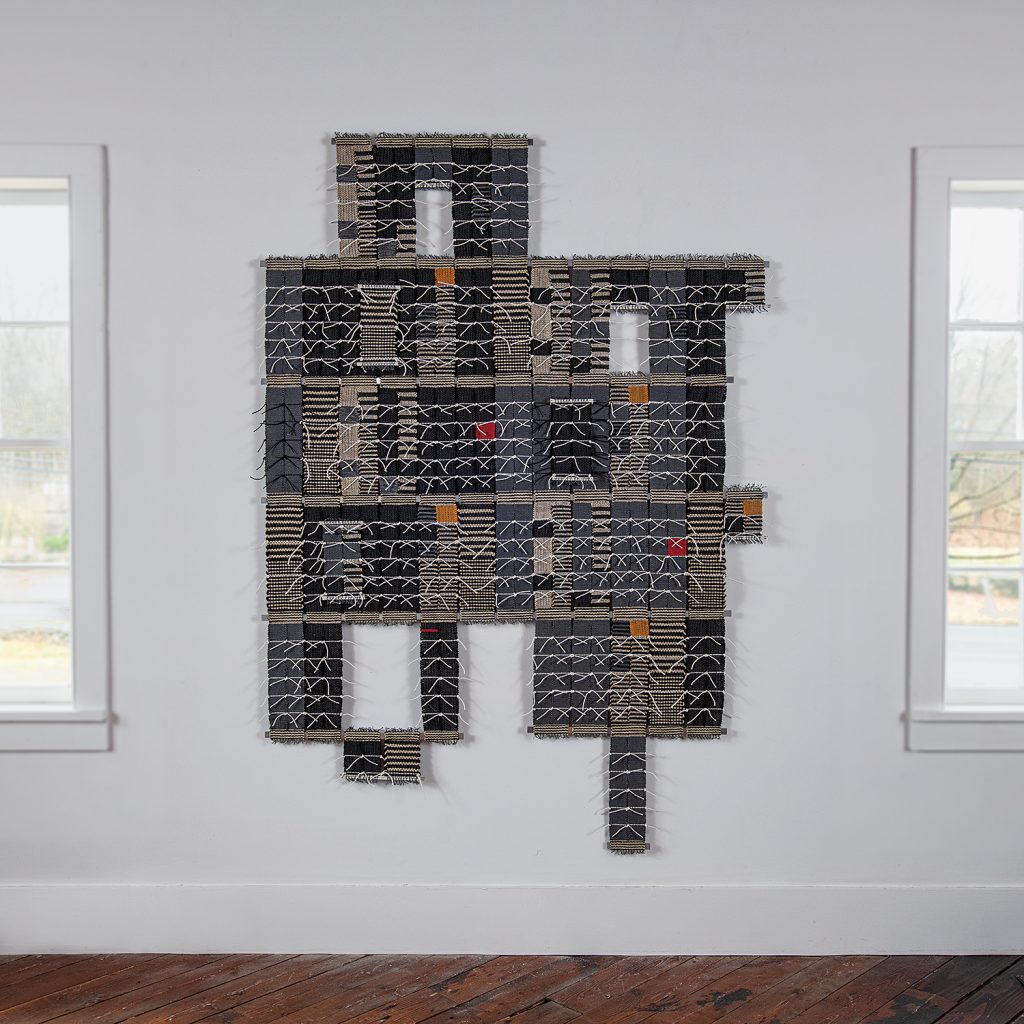

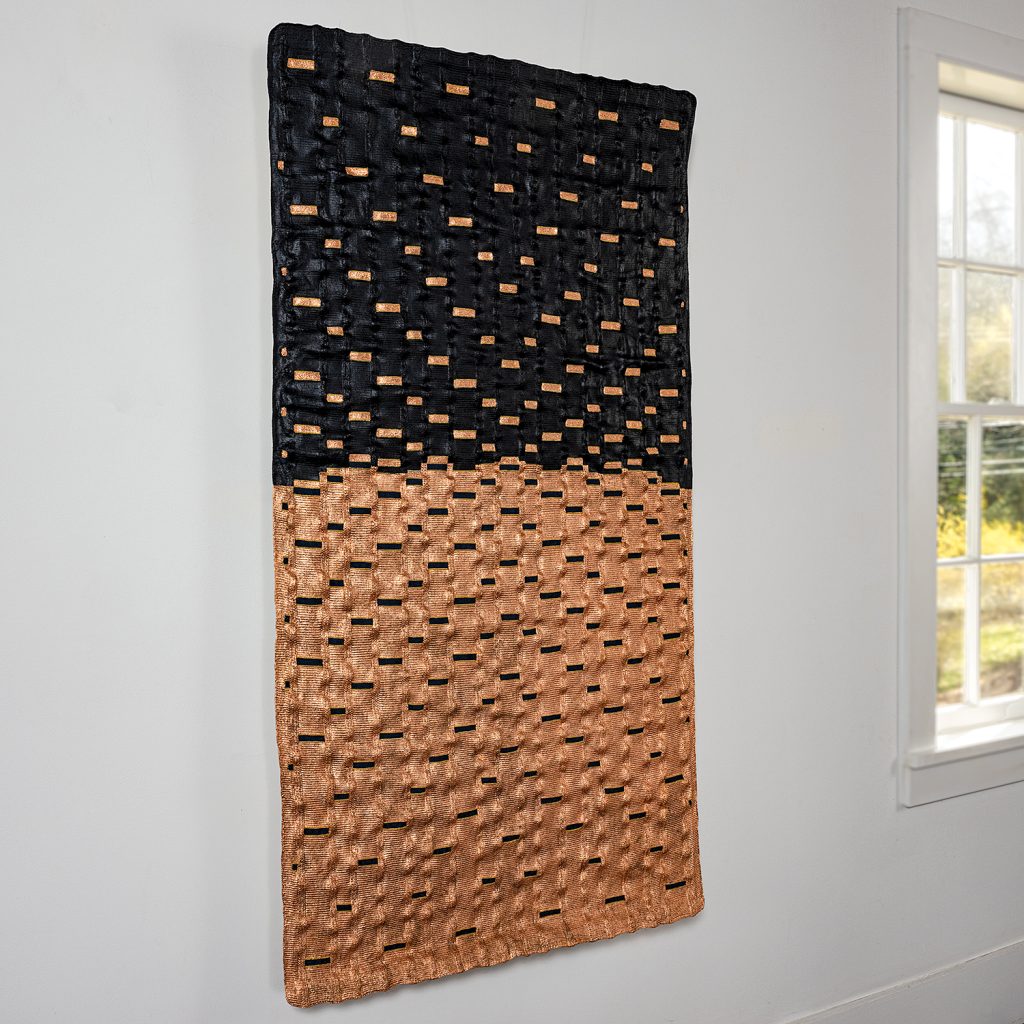

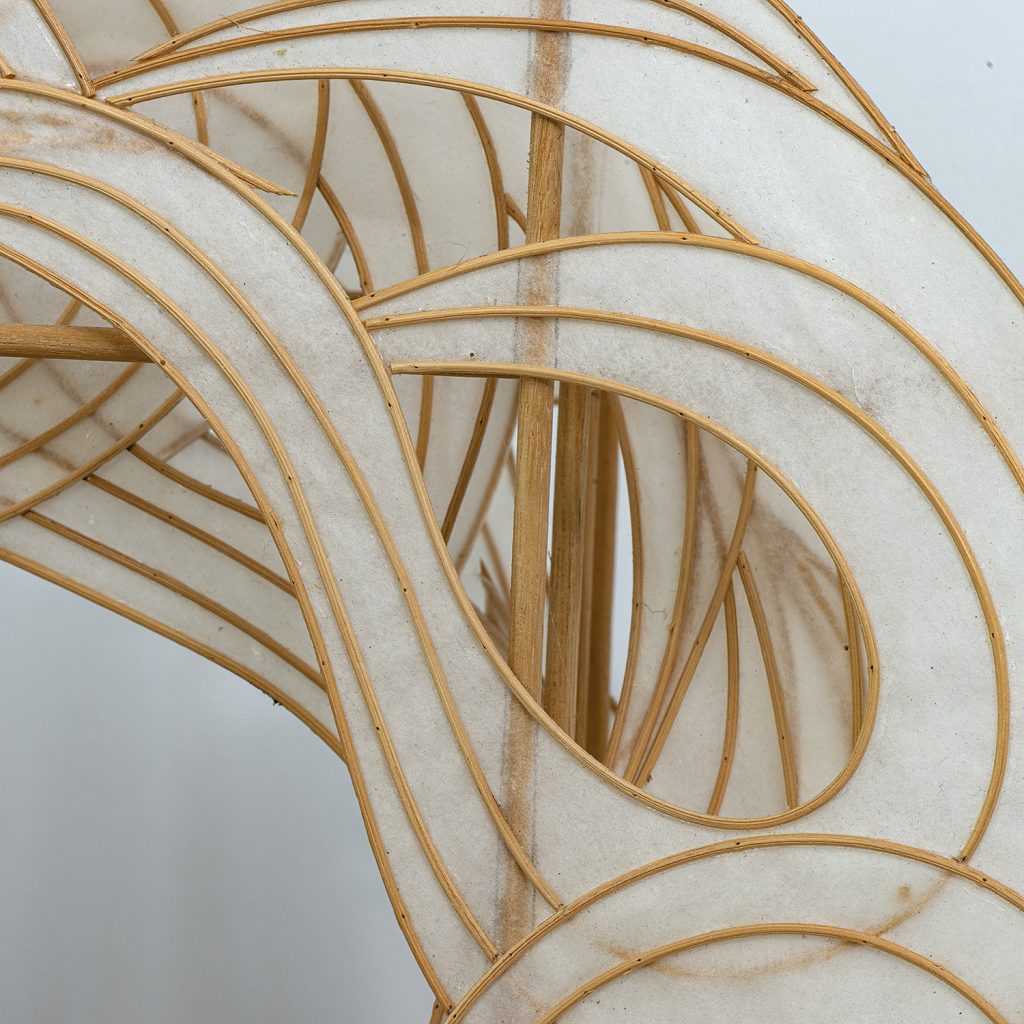


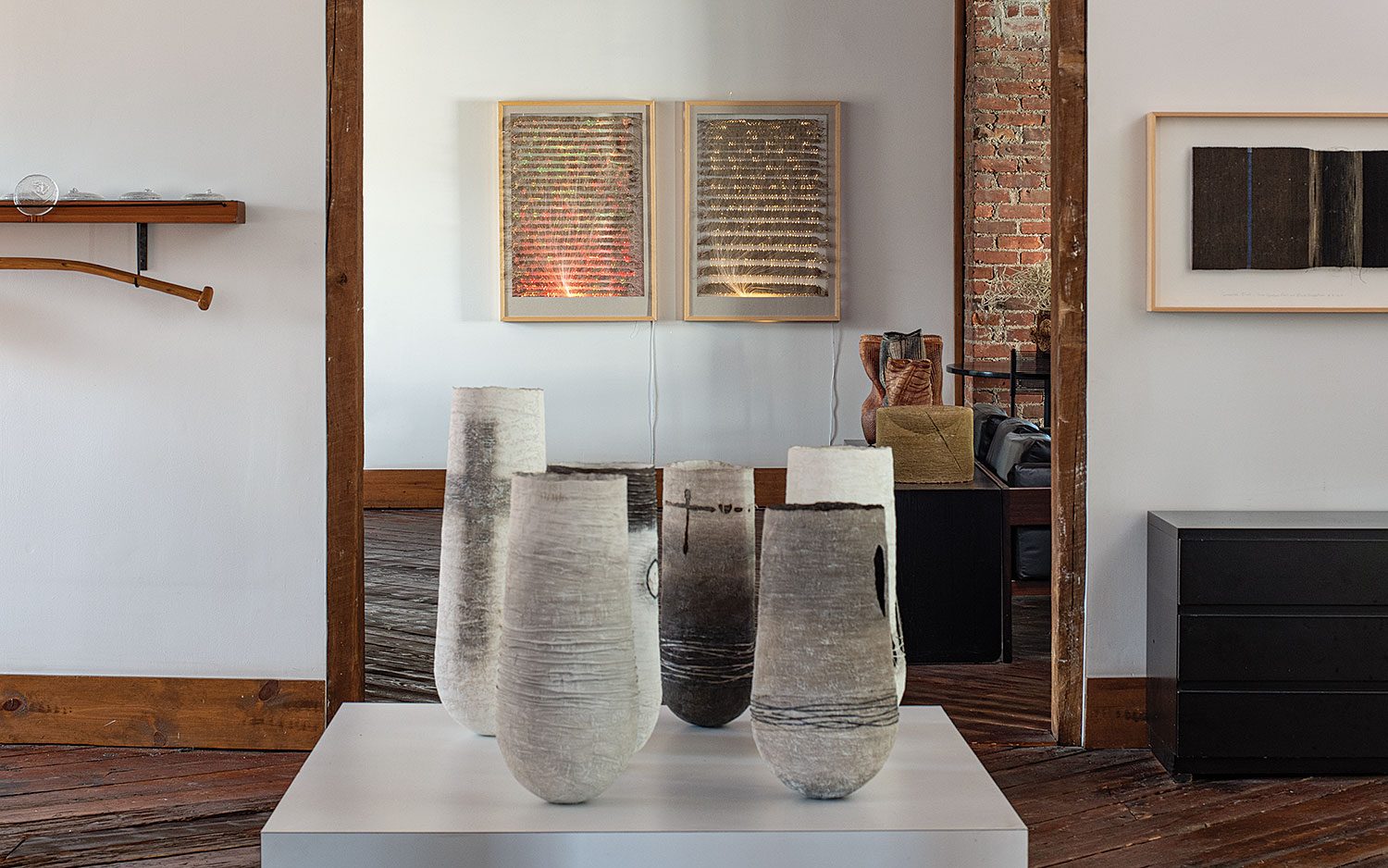


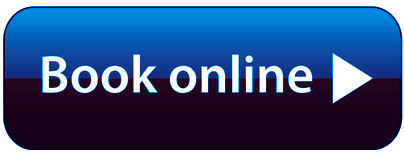

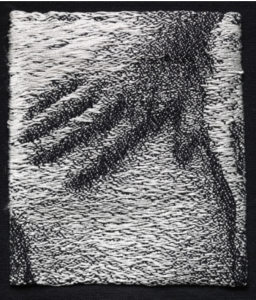
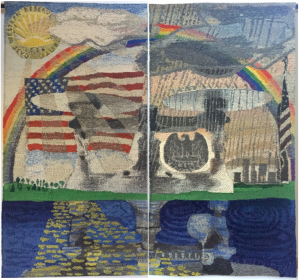



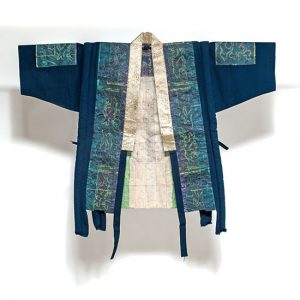



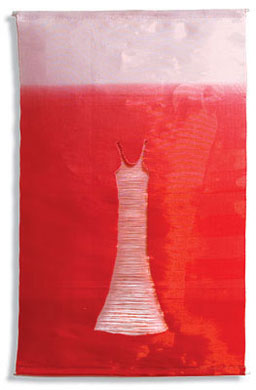







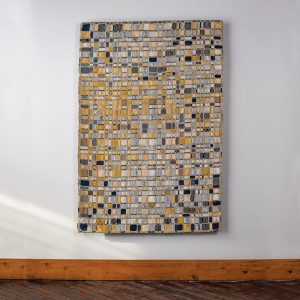
Art & Identity: A Sense of Place
In our 2019 Art in the Barn exhibition, we asked artists to address the theme of identity. In doing so, several of the participants in Art + Identity: an international view, wrote eloquently about places that have informed their work. For Mary Merkel-Hess, that place is the plains of Iowa, which viewers can feel when viewing her windblown, bladed shapes. A recent work made a vivid red orange was an homage to noted author, Willa Cather’s plains’ description, “the bush that burned with fire and was not consumed,” a view that Merkel-Hess says she has seen.
The late Micheline Beauchemin traveled extensively from her native Montreal. Europe, Asia, the Middle East, all influenced her work but depictions of the St. Lawrence River were a constant thread throughout her career. The river, “has always fascinated me,” she admitted, calling it, “a source of constant wonder” (Micheline Beauchemin, les éditions de passage, 2009). “Under a lemon yellow sky, this river, leaded at certain times, is inhabited in winter, with ice wings without shadows, fragile and stubborn, on which a thousand glittering lights change their colors in an apparent immobility.” To replicate these effects, she incorporated unexpected materials like glass, aluminum and acrylic blocks that glitter and reflect light and metallic threads to translate light of frost and ice.
Mérida, Venezuela, the place they live, and can always come back to, has been a primary influence on Eduardo Portillo’s and Maria Davila’s way of thinking, life and work. Its geography and people have given them a strong sense of place. Mérida is deep in the Andes Mountains, and the artists have been exploring this countryside for years. Centuries-old switchback trails or “chains” that historically helped to divide farms and provide a mountain path for farm animals have recently provided inspiration and the theme for a body of work, entitled Within the Mountains. Nebula, the first work from this group of textiles, is owned by the Cooper Hewitt Museum.
Birgit Birkkjaer’s Ode for the Ocean is composed of many small woven boxes with items from the sea — stones, shells, fossils and so on — on their lids. ” It started as a diary-project when we moved to the sea some years ago,” she explains. “We moved from an area with woods, and as I have always used materials from the place where I live and where I travel, it was obvious I needed now to draw sea-related elements into my art work.”
“I am born and raised in the Northeast,” says Polly Barton, “trained to weave in Japan, and have lived most of my life in the American Southwest. These disparate places find connection in the woven fabric that is my art, the internal reflections of landscape.” In works like Continuum i, ii, iii, Barton uses woven ikat as her “paintbrush,” to study native Southwestern sandstone. Nature’s shifting elements etched into the stone’s layered fascia reveal the bands of time. “Likewise, in threads dyed and woven, my essence is set in stone.”
For Paul Furneaux, geographic influences are varied, including time spent in Mexico, at Norwegian fjords and then, Japan, where he studied Japanese woodblock, Mokuhanga “After a workshop in Tokyo,” he writes, “I found myself in a beautful hidden-away park that I had found when I first studied there, soft cherry blossom interspersed with brutal modern architecture. When I returned to Scotland, I had forms made for me in tulip wood that I sealed and painted white. I spaced them on the wall, trying to recapture the moment. The forms say something about the architecture of those buildings but also imbue the soft sensual beauty of the trees, the park, the blossom, the soft evening light touching the sides of the harsh glass and concrete blocks.”